Repair Damaged Bridge Girder and Piers in Vietnam
Carbon Fiber Reinforced Polymer(CFRP)
Carbon fiber offers excellent corrosion resistance, effectively resisting erosion by seawater, wind, and various corrosive agents in the marine atmosphere, making it ideal for bridge reinforcement in marine environments.
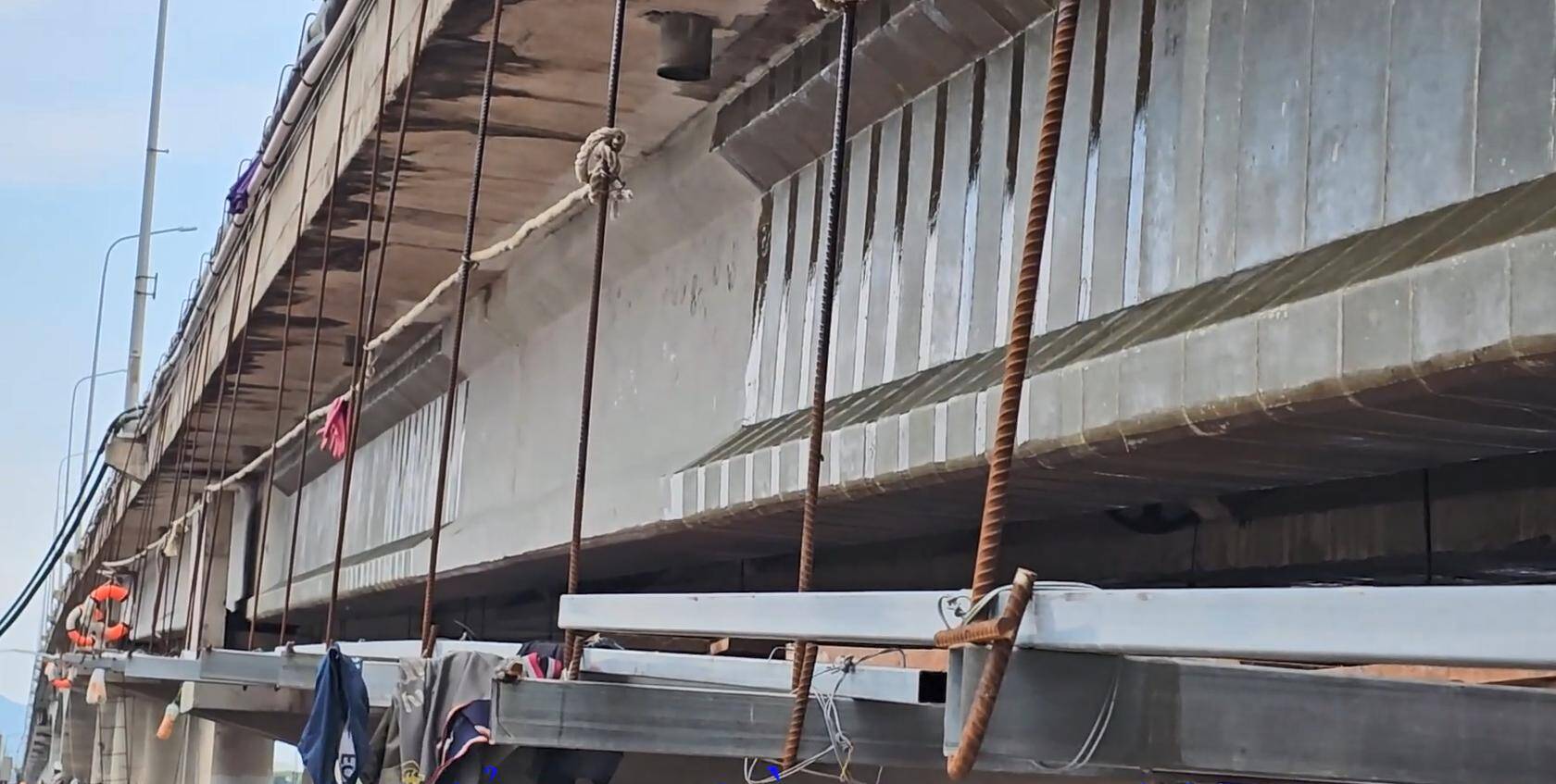
PROJECT
In Vietnam's maritime transportation network, a crucial cross-sea bridge bears the heavy responsibility of connecting key economic regions.
With age and the harsh maritime environment, the bridge's girders and piers have developed varying degrees of damage. Cracks have appeared in the girders, and concrete has spalled in some areas, exposing the rebar. Meanwhile, due to seawater erosion and currents, the piers have weakened the concrete and corroded the rebar. This has severely impacted the bridge's structural safety and service life, posing a potential threat to passing ships and vehicles. Reinforcement and repair are urgently needed.
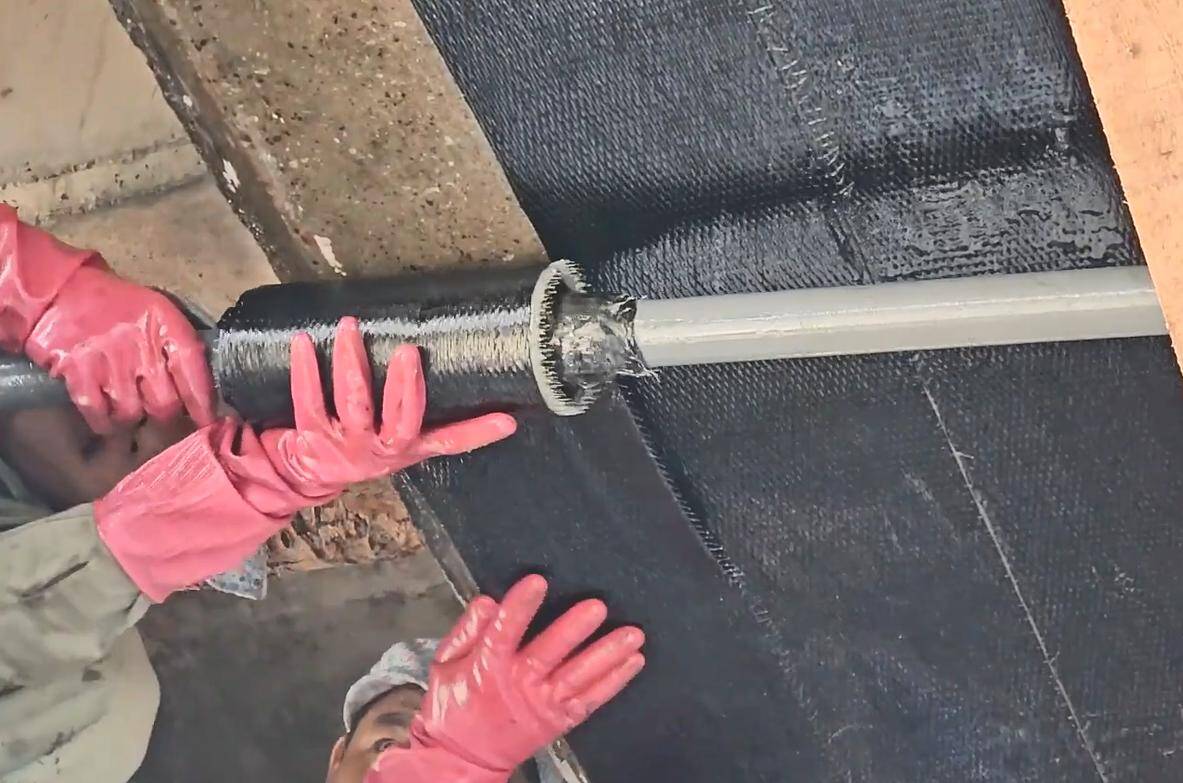
CFRP
Among numerous reinforcement materials and options, the project team ultimately chose carbon fiber for the bridge reinforcement.
Carbon fiber offers excellent corrosion resistance, effectively resisting erosion by seawater, wind, and various corrosive agents in the marine atmosphere, making it ideal for bridge reinforcement in marine environments. Furthermore, carbon fiber is lightweight and highly robust, with high tensile strength, significantly increasing the load-bearing capacity of the bridge structure without significantly increasing its weight. Furthermore, carbon fiber reinforcement is relatively easy to construct, minimizing traffic disruption and enabling completion within a short period of time.
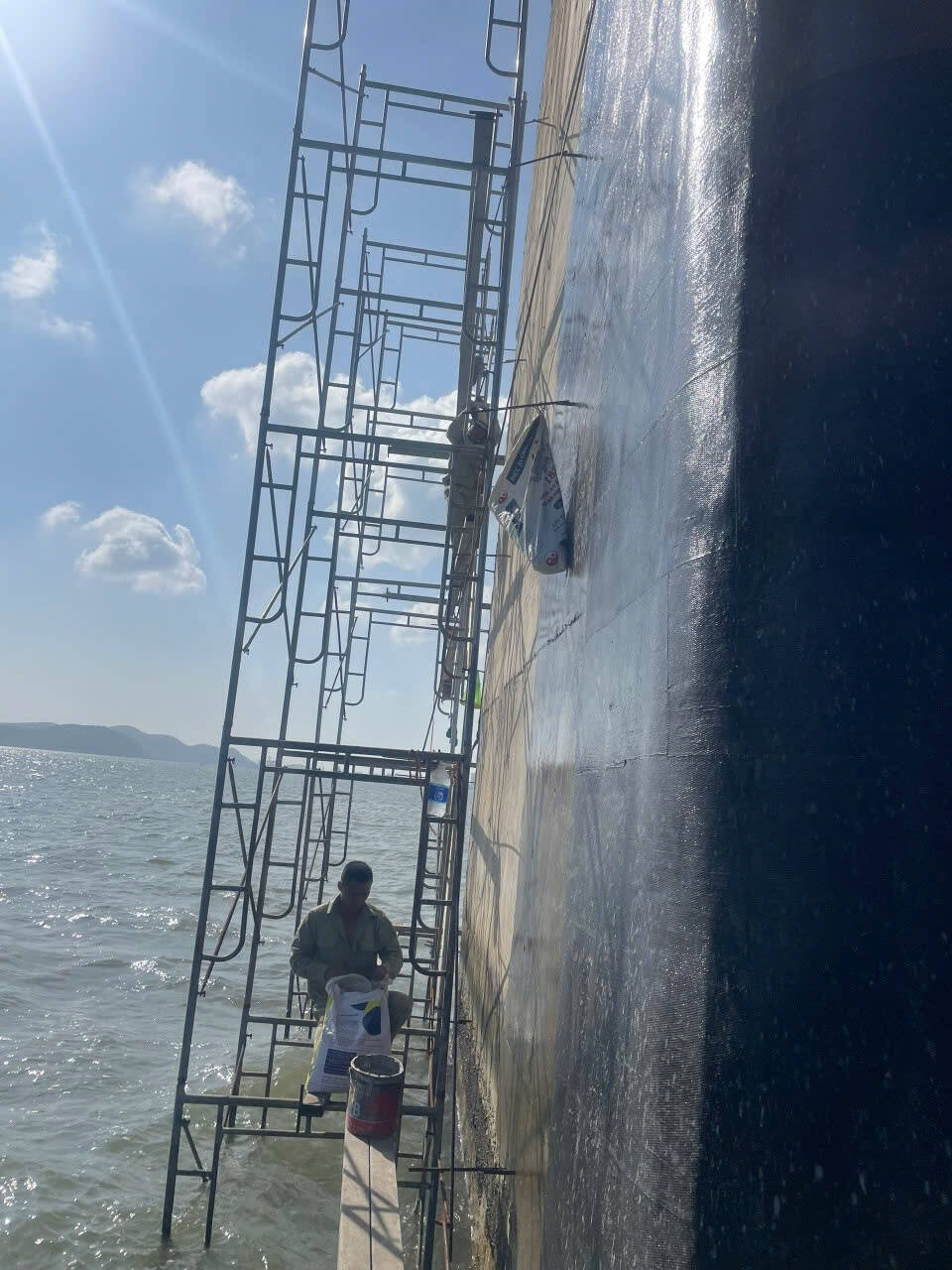
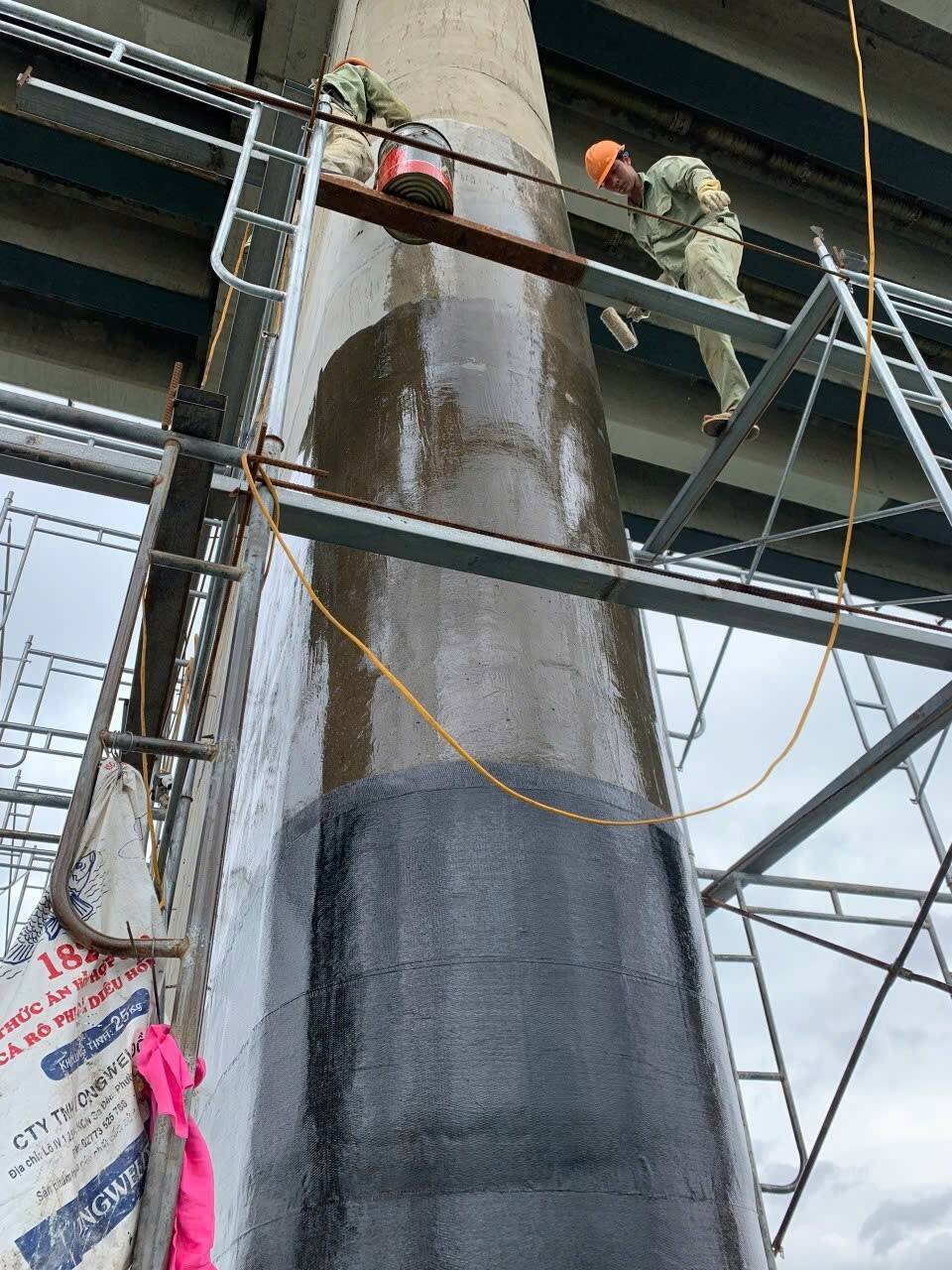
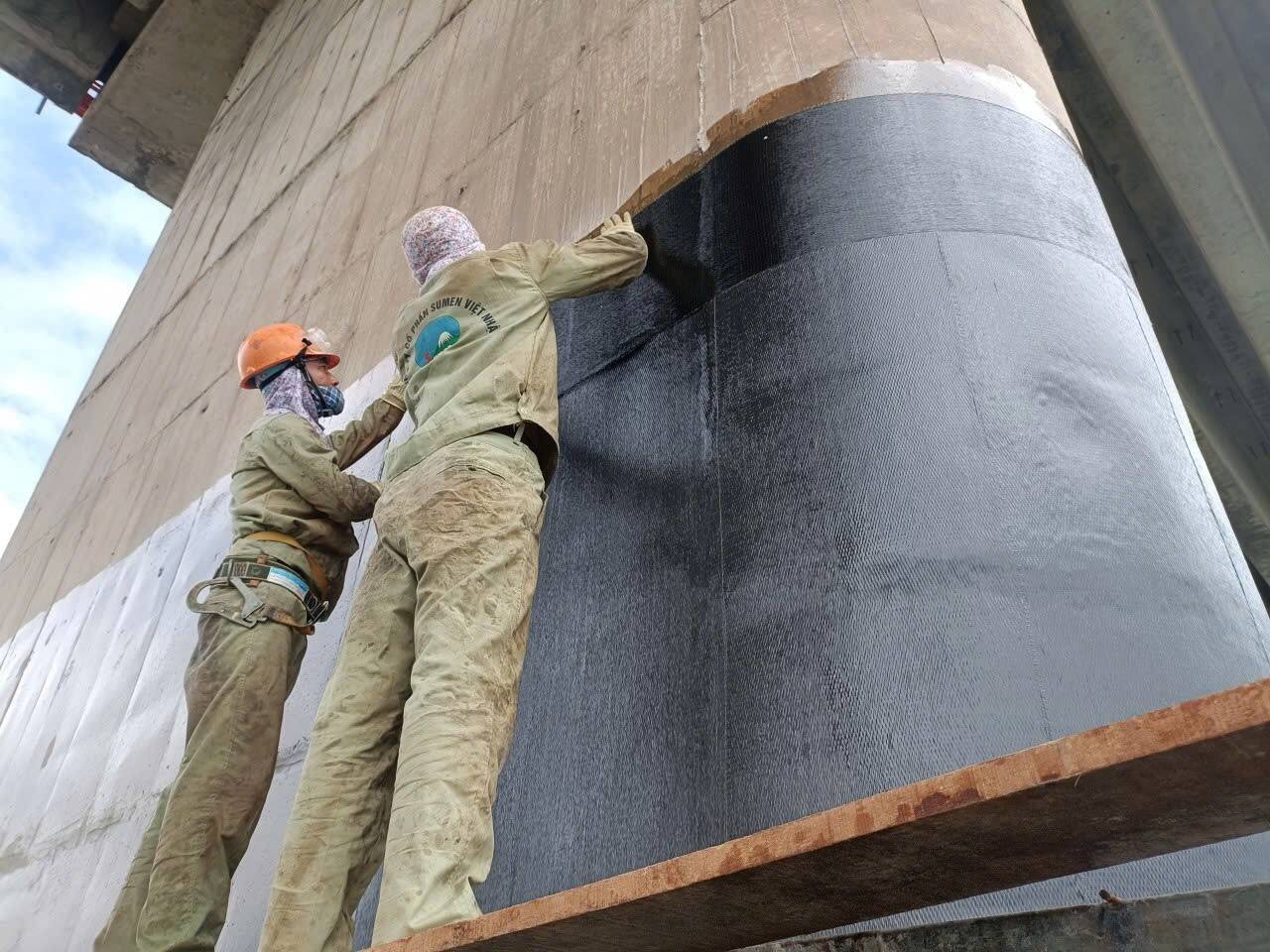
(1) Bridge piers
Surface Treatment: First, thoroughly clean the pier surface to remove loose concrete, oil, dust, and other impurities. Exposed rebar is derusted and painted with anti-rust paint. The pier surface is then smoothed using a grinder to ensure a tight fit between the carbon fiber and the pier.
Carbon Fiber Sheeting: Carbon fiber sheeting of appropriate specifications is cut based on the pier's size and reinforcement requirements. The matching adhesive resin is evenly applied to the pier surface. The carbon fiber sheeting is then applied layer by layer from the bottom upwards. Each layer is rolled with a dedicated roller to remove air bubbles and ensure full saturation and a tight bond between the sheeting and the adhesive resin. Key areas, such as corners, undergo additional reinforcement treatment, increasing the number of layers of carbon fiber sheeting.
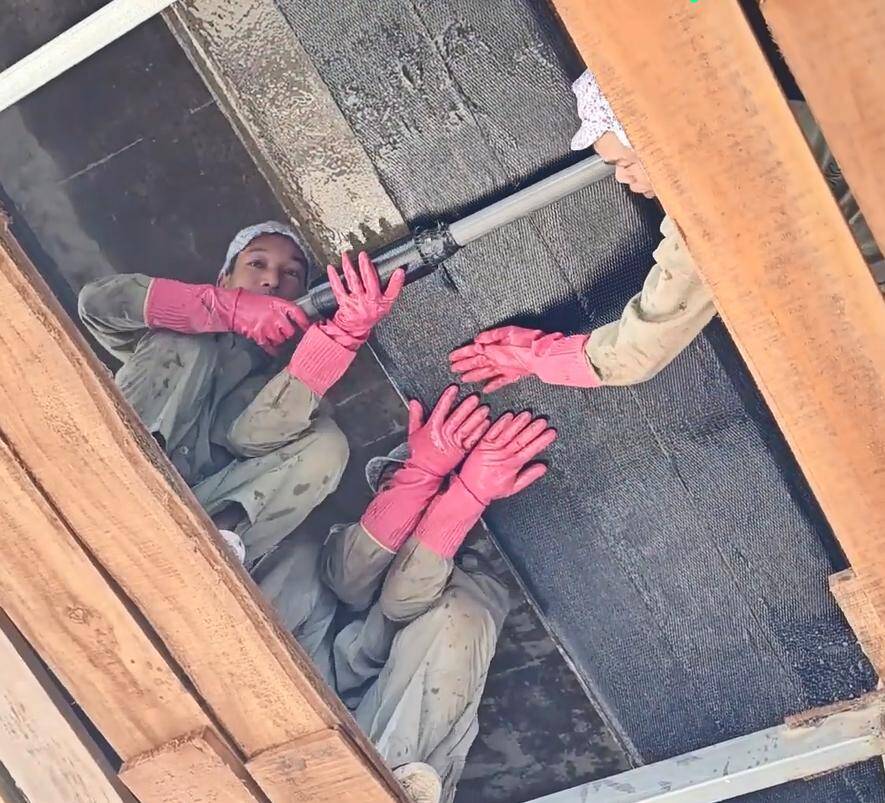
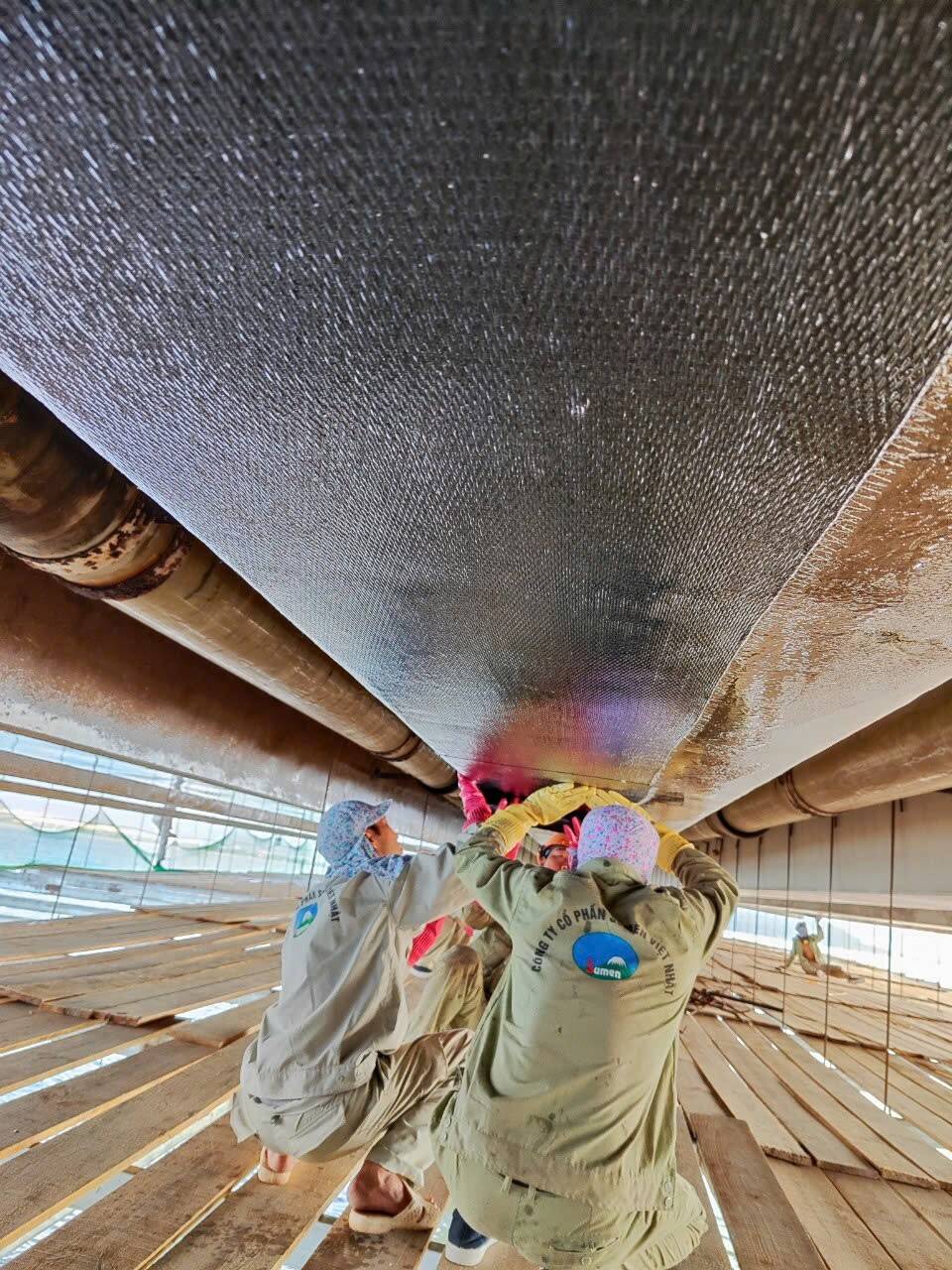

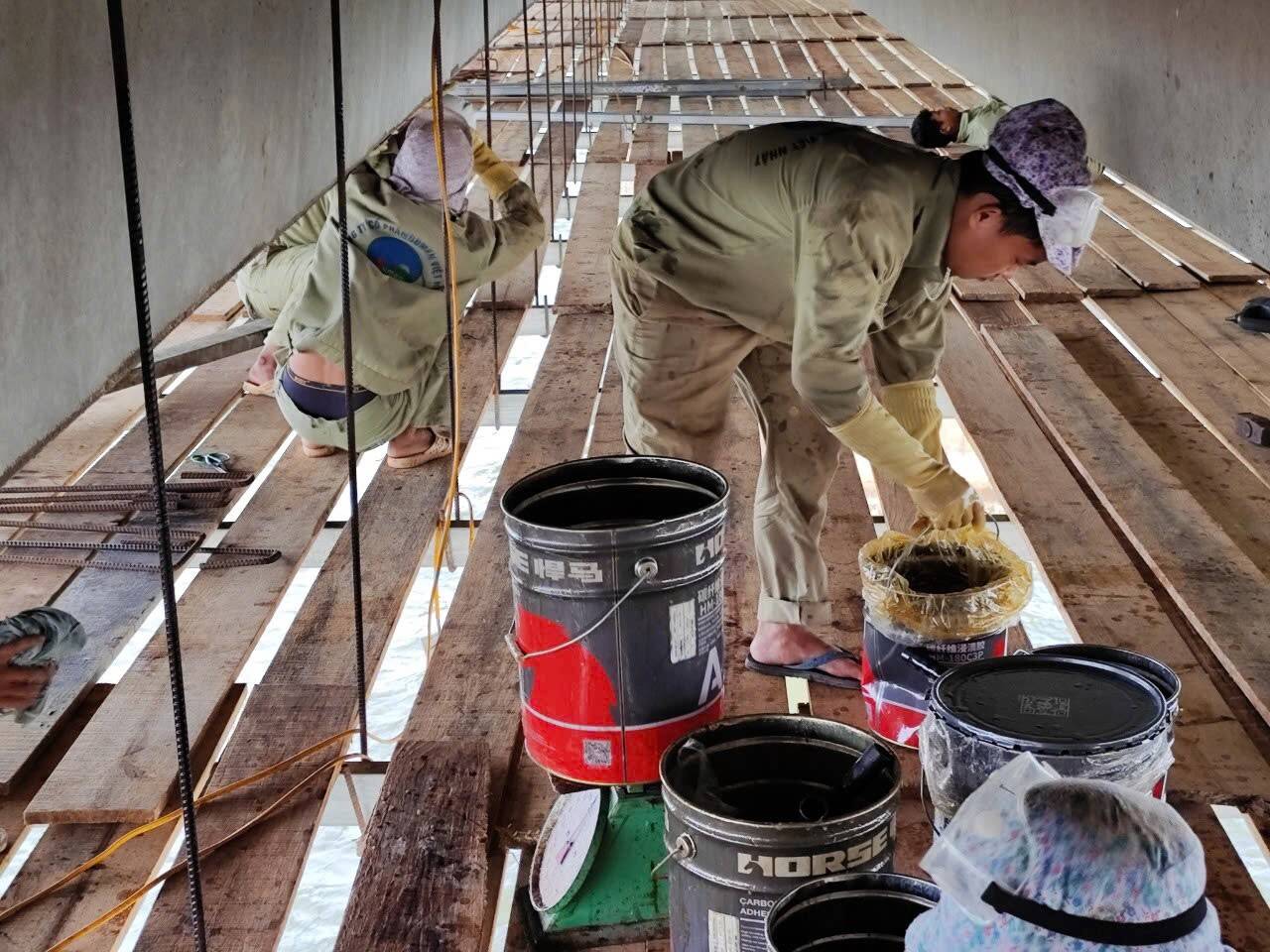
(2) Bridge girder
Crack Treatment: Cracks in the girder are first sealed using pressure grouting. Epoxy resin glue is injected into the cracks using specialized grouting equipment, filling them and restoring the girder's integrity, preventing further crack expansion.
Attaching Carbon Fiber Sheets: Calculate the placement and number of carbon fiber sheets in the tension zone at the bottom of the girder. Wipe the sheet surface clean, evenly apply adhesive, and then precisely attach it to the bottom of the girder. Secure with a clamp to ensure a tight bond between the sheet and the girder. Fiberglass anchoring is then used for optimal results.
After a period of operational monitoring, the bridge reinforced with carbon fiber has achieved remarkable results.
Cracks in the girder have been effectively controlled, with no new cracks expanding. The girder's load-bearing capacity has been significantly improved, allowing it to safely withstand the loads of passing vehicles. The durability of the piers has been greatly enhanced. Thanks to the protection provided by the carbon fiber material, the steel reinforcement is no longer susceptible to seawater erosion, and the concrete strength remains stable. The bridge's overall stability has been enhanced, allowing it to maintain excellent operating conditions despite harsh natural conditions such as wind and waves, ensuring safe and smooth maritime traffic.